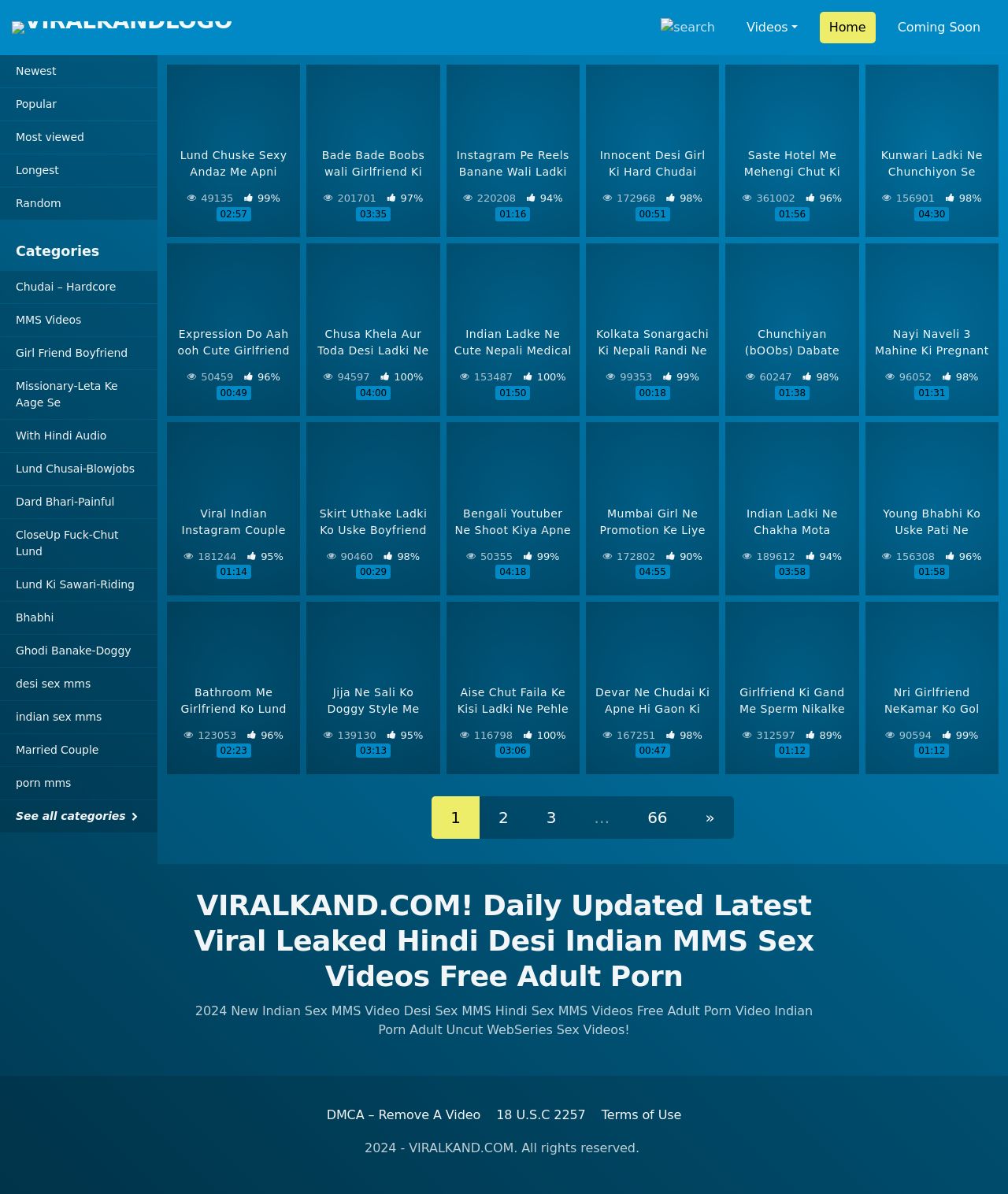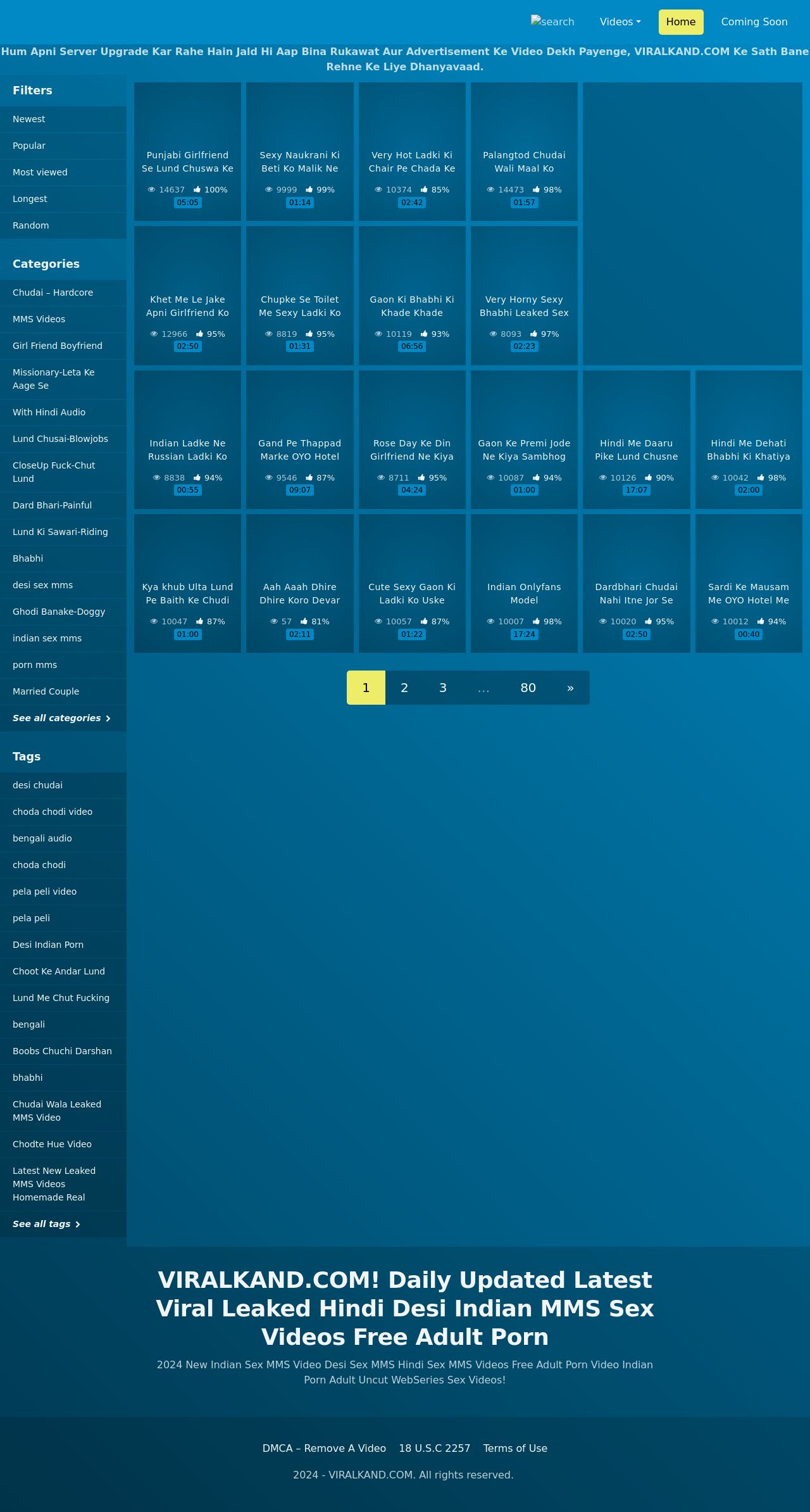Is the digital realm always a safe space, or does it harbor hidden dangers that can ensnare even the most discerning individuals? The rapid spread of certain content online, often packaged as "viral," raises serious questions about the ethics of dissemination and the potential for harm, especially when personal details are involved.
The internet, a vast and ever-evolving landscape, presents both unprecedented opportunities and significant challenges. While it connects us, informs us, and entertains us, it also provides a platform for the rapid and often uncontrolled spread of information. This is particularly concerning when sensitive or private content enters the mix. The term "viral," once signifying widespread popularity, has taken on a darker hue, often associated with the rapid dissemination of potentially harmful material. Reports about "Dasi MMS Kand" and related searches in Hindi highlight the uncomfortable reality of this issue, pointing towards the existence of content that exploits individuals and circulates without their consent. The quest for "free videos" and "special content" can lead users down dangerous paths, exposing them to potentially illegal or harmful materials. While some platforms claim to offer unbiased news coverage across various categories, including politics, business, technology, and entertainment, the proliferation of unverified information and the echo chambers created by algorithms pose significant risks to informed decision-making.
Considering this scenario, it's crucial to examine the issue from different angles, weighing the role of content creators, the responsibility of platforms, and the impact on those affected. This includes exploring the legal ramifications, the ethical implications, and the technological solutions that might help mitigate the risks.
This particular subject matter is very sensitive and therefore further details cannot be shared. However, below is the sample table.
| Category | Details |
|---|---|
| Information | Due to the sensitivity, no further information can be provided. |
Please note that the provided table is a placeholder. Further details cannot be shared due to the sensitivity of the information.
Understanding the scope of online content is critical for navigating the digital world safely. The ability to quickly find information, connect with others, and access a variety of resources has revolutionized the way people live and work. However, this ease of access also makes it easier for misinformation, harmful content, and potentially illegal material to spread. One website, viralkand.com, is a prime example of this dynamic. With an estimated 190.8k daily visitors and 1.8 million page views, generating 5.8m monthly visitors, it shows the immense reach that online platforms can achieve. It is ranked #106,022 in the world, demonstrating its influence. However, the fact that traffic has decreased by 26.07% compared to the previous month signals a need for careful analysis of the platform's current standing and future prospects. Its important to scrutinize this data and understand the kinds of content that contribute to this traffic.
The landscape of online content is a battleground where various forces collide. Platforms like viralkand.com compete with numerous other sites, each vying for user attention. To provide a more enriched online experience, it is beneficial to explore alternative sites offering similar content. The competitive environment of the digital space calls for awareness of the different players, business models, and the unique offerings of each platform. By analyzing the data and evaluating the options, users can make better choices about where to spend their time online.
The media landscape is always in flux. The rapid pace of technological progress makes it difficult to keep track of everything that is going on. One example of the dynamic nature of the media landscape is the horror genre and its tradition of remakes. Films are reimagined for a new generation of audiences. "Piranha 3D," a modern update of the classic horror film, shows how trends, technology, and audience tastes affect content production and the success of digital media.
The core mission of many news outlets is to deliver timely, reliable, and engaging information. This mission often includes delivering information in several forms, including pictures, videos, and special reports. In today's world, the ability to get up-to-date information is vital. The role of news sources is especially important when covering significant events, trends, and stories. The reliability of the sources and the accuracy of the content are fundamental to maintaining public trust.
The initial distribution of the news is a critical aspect. When considering legal issues in the context of the digital space, it's important to understand what is at stake. Specifically, the distribution of potentially harmful information can be a cause for concern. Information could go viral because of the ways users share content on various platforms. From August, 2024, the news about the distribution of content is a central part of conversations and debates. The rapid proliferation of information raises vital issues about how it is handled and how to respond to it.


